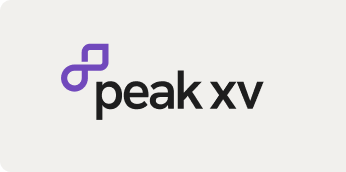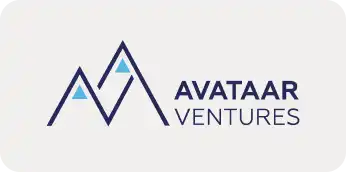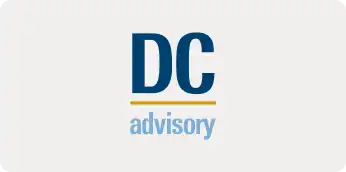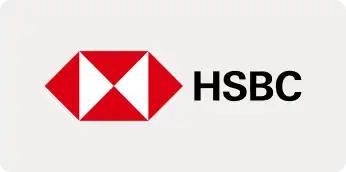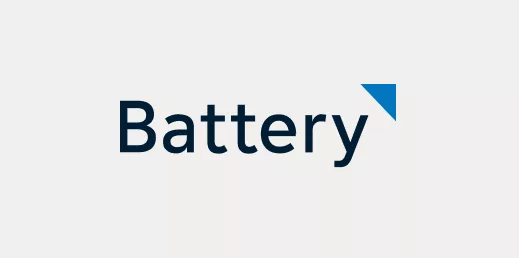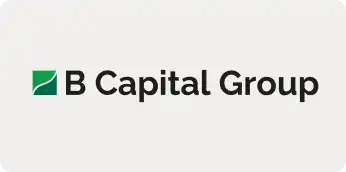A few days ago, I wrote about the need for Indian SaaS companies to get into the mindset of judicious hiring. SaaS startups saw the highest number of job cuts in 2023, which was widely reported.
You sometimes hear of a SaaS metric called ARR/FTE as a metric to track and maintain efficiency in a SaaS business. And for good reason. When I put out that LinkedIn post, the responses I received were more interesting than I had expected. While many in the industry agreed that ARR/FTE is an important SaaS metric, what I didn’t see coming was the strong opinion that it plays out differently for Indian SaaS companies versus their US counterparts.
As Indian SaaS firms increasingly build cross-border businesses, there is increased understanding of how to crack new foreign markets for Indian founders. It is only fair then that we look at the things that make India-born SaaS businesses unique and different. The assumption for India-born, cross-border SaaS businesses has always been that they have a clear cost advantage because of the relatively cheaper workforce here. But if you look at their ARR/FTE, the chinks in that understanding begin to show.
Before we delve in further, let me break this SaaS metric down for you:
ARR is the annual recurring revenue of your business (either the more recent quarter’s subscription revenue times four or most recent month times twelve).
FTE is the full time equivalent employees working for your company. The ratio of the two gives you an idea of the revenue per employee.
CJ Gustafson’s newsletter does a great job of explaining why ARR/FTE is an important metric for SaaS companies to track.
In my original post, I had referred to data from a Meritech report:

If you zoom in on their original data, the top five companies with high ARR/FTE are incredibly efficient: Expensify ($1.26 million), Dropbox ($768,000), Adobe ($652,000), Shopify ($598,000), and Palantir ($571,000).
But Tarun Kumar Mallapa, HackerEarth’s vice president for finance and strategy, had an interesting take. ARR/FTE is not an absolute SaaS metric. It varies depending on the stage your company is at. It takes businesses time to reach the level of efficiency that the Meritech data represents. This graphic is useful:

Across the hundreds of SaaS startups we’ve met from India, I find that many are significantly lower on this SaaS metric than their US counterparts. There are some reasons for this:
- There are too many entry-level folks in all functions in Indian SaaS startups. Reasons range from “they’re cheaper” to “they have passion”.
- Your SaaS product is not doing the job on its own. That leads to customers being unable to manage without help, which means hiring more support staff.
- Holding on to professional services till very late could mean that founders are not invoking alliances/partnerships early enough.
- The DNA of over-hiring, once it sets in, is hard to break.
- Some startups selling into the Asia market have lower prices than the equivalent product on selling into the US market.
But it is also true that most of this reference data looks at US-based SaaS firms. A lot of friends and industry folks pointed out that Indian SaaS folks can’t draw an apples-to-apples comparison based on this because of operational differences between India and the US. I have compiled some of the most useful feedback that came in below:
Scale successful cost saving experiments
Kanav Hasija from Innovaccer had some interesting inputs on how the healthcare data platform increased its ARR/FTE ratio while operating teams from India and the US. The company went from $40,000 to $100,000 ARR. His recommendations for founders:
- Graduate and institutionalise successful experiments. For instance, running an improvement programme — such as inbound sales, cloud cost, self serve, customer experience — successfully as a smaller scale pilot, but not institutionalising it at scale.
- Don’t make fresher/entry level too bulky.
- Move towards self-serve motion.
- Make your R&D efficient.
Lessons from Indian IT services
Someone pointed out that the Indian IT services industry is an example of how cheap hiring does not necessarily mean better or higher revenue per employee. There hasn’t been significant efficiency improvement in this SaaS metric over the past few years.
I looked it up. Indeed, the highest revenue per employee among the top five IT firms is $56K. The average revenue per employee was $48K. Interestingly, many Indian SaaS companies have numbers that are south of this, even at a higher scale.
Apples to oranges?
An interesting example Tarun gave to illustrate the differences between US and India-based SaaS companies was the sales model. Indian SaaS companies tend to commonly deploy an inside sales model as their GTM strategy. That means the ARR/FTE ratio is better for Indian SaaS firms at lower ARR.
- The salary of a sales development representative in India is 1/8th of the typical SDR pay in the US.
- Up to $10 million ARR, this is a key growth engine for SaaS companies.
- This means a significant cost advantage for Indian Saas companies.
- At higher ARR levels, the meetings/conversions in India are not as high as in the US, and hence efficiency begins to decrease.
To sum it up, the ARR/FTE is one of the many metrics to track the health of a SaaS company, especially ones from India that think they have a cost advantage. However, ARR/FTE targets should be different at different revenue levels. The graphic from OpenView is a good guide. Too low a number at a given revenue level could mean a company is bloated. And the bloat tends to be in support, delivery and customer service.
This article first appeared as a LinkedIn post.













